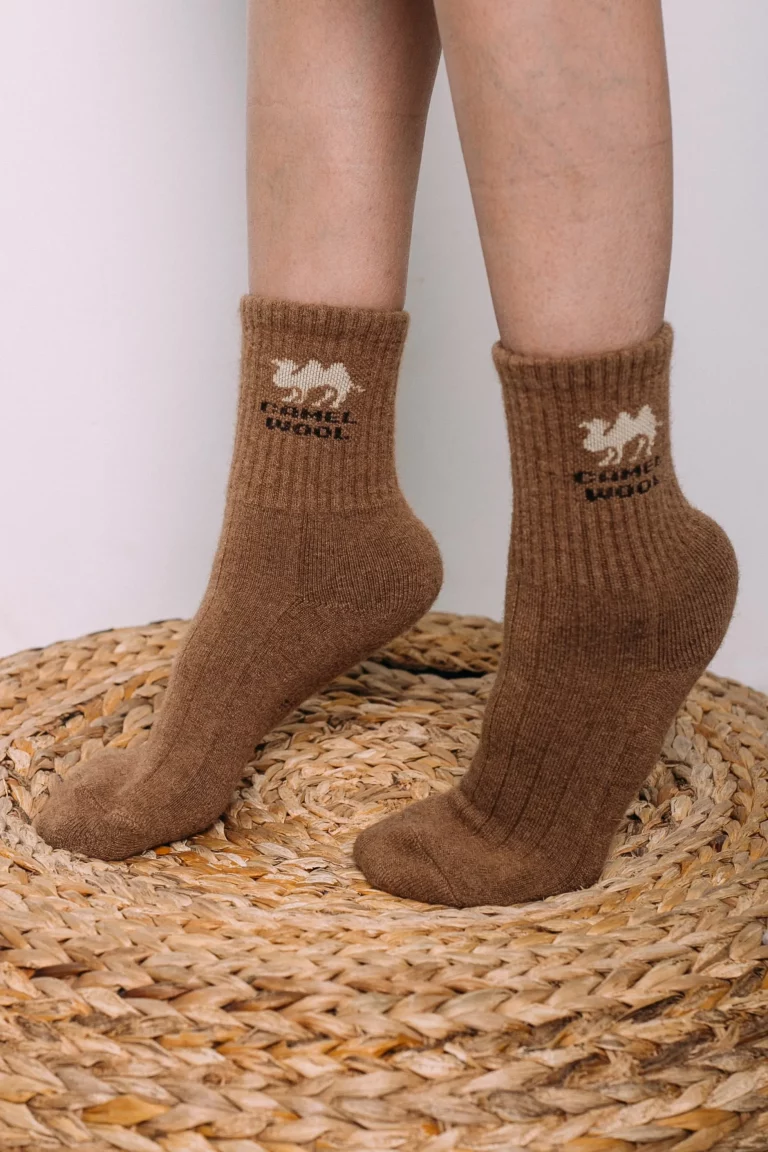Is Camel Wool Good Insulator?
Camel wool, also known as camel hair, possesses exceptional insulating properties. Derived from the fur of camels, this natural fiber is an excellent choice for insulation in various applications. In this article, we will explore why camel wool is a good insulator and delve into the specific qualities that set it apart from other materials.
Understanding Camel Wool Insulation
Camel wool insulation refers to the use of camel hair as a thermal barrier in buildings, clothing, and other products. It offers remarkable insulation capabilities due to its structure and composition. The natural properties of camel wool allow it to provide effective insulation in both cold and hot environments.

Exceptional Thermal Regulation
Camel wool is an excellent insulator due to its exceptional thermal regulation properties. It can adapt to different temperatures and regulate heat effectively. In colder conditions, camel wool traps body heat, keeping the wearer warm and comfortable. In warmer climates, it helps dissipate excess heat, maintaining a cool environment.
High Insulation Efficiency
Camel wool boasts high insulation efficiency, crucial for energy conservation. Its structure consists of numerous tiny air pockets that trap air, acting as a natural barrier against heat transfer. This insulation property minimizes heat loss or gain, reducing the need for excessive heating or cooling.
Moisture Management
Camel wool excels in moisture management alongside its insulation capabilities. It can absorb and release moisture efficiently without compromising its insulating properties. This feature makes camel wool ideal for garments and bedding, maintaining a dry and comfortable environment by wicking away moisture from the body.
Durability and Sustainability
Camel wool is known for its durability and sustainability. The fibers are resilient and can withstand prolonged use without losing their insulating qualities. Moreover, camels naturally shed their hair, making the collection process cruelty-free and sustainable. These factors contribute to the eco-friendliness and long-lasting nature of camel wool insulation.
Versatility of Applications
Camel wool insulation is versatile and finds applications in clothing, home insulation, and automotive interiors. It provides warmth in winter coats, enhances energy efficiency in buildings, and offers comfort in vehicle upholstery. Camel wool demonstrates its adaptability across different industries.
Going Head-to-Head in Insulation: Camel Wool vs. Established Competitors
Unveiling the Insulation Face-off
Amidst the stalwarts of insulation like sheep’s wool and synthetic fibers, camel wool emerges as a contender worth considering. Let’s examine how it stacks up against these well-known options.
Camel Wool’s Strength in Attire:
- Adaptive Allure: Camel wool’s adaptability makes it a versatile choice across diverse climates.
- Moisture Management: Its innate ability to wick away moisture ensures comfort during active pursuits.
- A Touch of Comfort: The fibrous composition of camel wool provides both lightweight insulation and a cozy feel.

Elevating Home Insulation:
- Sustainability Spotlight: Opting for camel wool aligns with eco-conscious values due to its sustainable sourcing.
- Thermal Efficiency: Camel wool’s intricate fiber structure potentially contributes to heightened insulation, potentially leading to energy savings.
- Acoustic Benefits: Its density may enhance sound absorption, improving indoor acoustic conditions.
Factors to Weigh In:
- Supply and Cost Considerations: Camel wool’s limited availability could influence its accessibility and pricing.
- Performance in Extreme Scenarios: For extremely cold conditions, traditional materials might retain an edge.
- Maintenance and Care: Specialized upkeep could be necessary to preserve camel wool’s performance and longevity.
Conclusion
In conclusion, camel wool is an excellent choice for insulation due to its exceptional thermal regulation, high insulation efficiency, moisture management capabilities, durability, sustainability, and versatility of applications. Its unique properties make it an attractive option for effective and eco-friendly insulation solutions.






